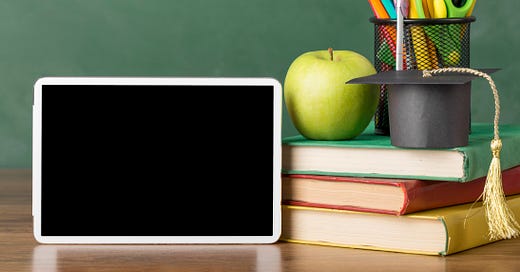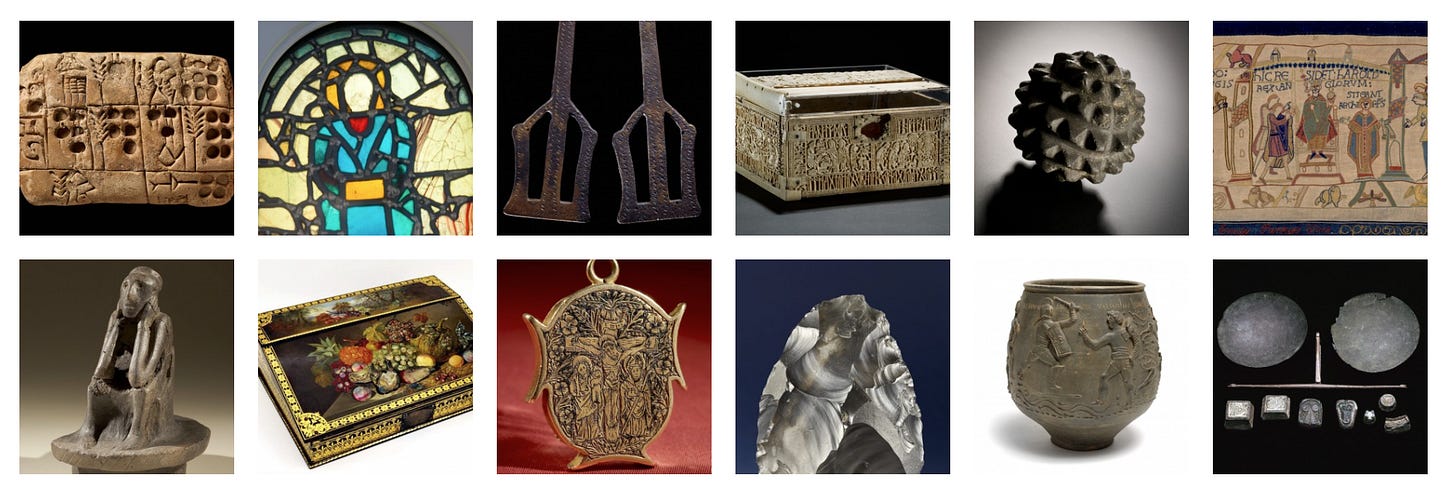Inspiring digital learning resources we love!
What is your favourite digital learning resource? Explore some of our top picks and share your own favourites with us in the comments.
From worksheets and videos, to 3D objects and virtual tours. The internet is teeming with resources to support learning in the classroom.
At the Digital Learning Network, we want to explore what makes certain resources particularly engaging and useful. We asked our colleagues to think of what they have seen across the museum, zoo and heritage sector. We asked them a simple question.
What is your favourite digital learning resource for schools?
Here’s what they said…
Schools Hub from the National Portrait Gallery
The new Schools Hub from the National Portrait Gallery has a huge selection of content. The platform uses the gallery’s collection as source material and the range of activities bring the collection to life and enrich learning.
What do you like about it?
I have been completely blown away by the fabulous Schools Hub from the National Portrait Gallery. I especially love how easy the site is to navigate with useful filters and a clear layout, meaning that teachers can find what’s relevant to them so quickly.
I was lucky enough to get the chance to chat to the amazing Eleanor Hilton about how she ran the project, and she was so generous in sharing her research methods and findings with me. They really put so much thought into finding out exactly what teachers want out of a site like this and developing it to be the very best it can be, and that shines through in the end product. It’s a real inspiration to me!
Lizzie Seymour, Learning Technology Officer, Royal Zoological Society of Scotland
Teaching History with 100 Objects from the British Museum and Partners
A digital collection of 100 objects from museums across the UK. Each object also has background notes, suggested activities and links to further reading. The content was specifically created to support teachers with changes to the history curriculum.
What do you like about it?
Firstly, I think the collection is really accessible. It is easy to filter for specific dates, key stages and themes. And if you are just looking for inspiration, each entry has a small thumbnail. This means it isn’t too overwhelming to scroll through 100 objects!
I really like how once you have chosen an object, the format for each is very consistent. There bite-size background information to gather the key info quickly. Each object has a great range of suggested activities to bring them to life with students. Not only that, but each one is also linked to other objects or stories to extend learning. I think it's a brilliant way to help educators access objects in classrooms and at home, and feel comfortable using them.
Rosie Cooper, Digital Learning Producer, Historic Royal Palaces
Learning Resource Bank from National Museums Liverpool
A varied resource bank of activities, 3D models, fact files, games and much more! The resources are grouped thematically. They cover topics such as Ancient Egypt, Archaeology and Local History. These themes are based around the collections across the various museums.
What do you like about it?
I really like the huge variety of topics on offer from the National Museums Liverpool. I think it is a nice touch to have the resources grouped together by theme, and really inspiring that they explore both LGBTQ+ and Fundamental British Values as key topics.
The resources themselves are a great selection of different media, including lots of video and audio content which I think teachers will love, to help bring topics to life. I also really like that object based learning is at the core of lots of the resources.
Also - I want to give a shout out to their online sessions that support teachers. I think it's a great example of considering both the teachers and student’s needs.
Sian Shaw, Digital Content Manager, Westminster Abbey
Peppered Moth Game from Oxford University Museum of Natural History
A browser based game which invites the player to take on the role of a hungry bird on the search for tasty moths to eat. The game includes background details on natural selection, plus links to research.
What do you like about it?
It’s a really fun game which illustrates the complicated idea of evolution through natural selection very simply. It is based on a well known real world experiment and is directly linked to the curriculum with other resources available to teachers, such as story books, that can be used to explore it in a cross curricular manner.
It starts with a hypothesis and various levels of complexity can be played out over generations allowing for the experiment to be re-run many times to accrue evidence to test the hypothesis. It can also be applied in a differentiated manner, played in groups as a teacher-led activity or set as a fun game for homework. There is also a link to a description of the original research on the website. It can be used to support what was learnt on a school visit in our Evolution lessons or a stand-alone resource.
Chris Jarvis, Education Officer, Oxford University Museum of Natural History
What did we learn?
Its clear that the above examples have some features in common! These features can inspire and guide us as we make new content in the future.
It seems that for a learning resource to be useful and engaging (and memorable) it should:
Be easy to use – help educators find what they are looking for quickly.
Be flexible – allow educators to use resources in different ways.
Offer something special – use diverse media to bring topics and collections to life.
Link to the curriculum – ensure it’s relevant and even support tricky areas.
Over to you
This is just the beginning! There are heaps of other brilliant resources out there. Plus lots more to learn about what makes a resource engaging and useful.
Please help us add to our list. We want to hear from you too.
What digital learning resources inspire you?
What makes them useful or engaging?
Let us know in the comments!
Thumbnail image from FreePic.







